2022年9月24日25日に山形市内で、JIA東北建築家大会2022山形が開催されました。
JIA(日本建築家協会)は、私も所属している、建築家の職能団体です。→JIAのホームページ
The JIA Tohoku Architects Conference 2022 in Yamagata was held in Yamagata City on September 24th and 25th, 2022.
JIA (Japan Institute of Architects) is a professional organization for architects, and I am also a member. You can find more information on the JIA website.
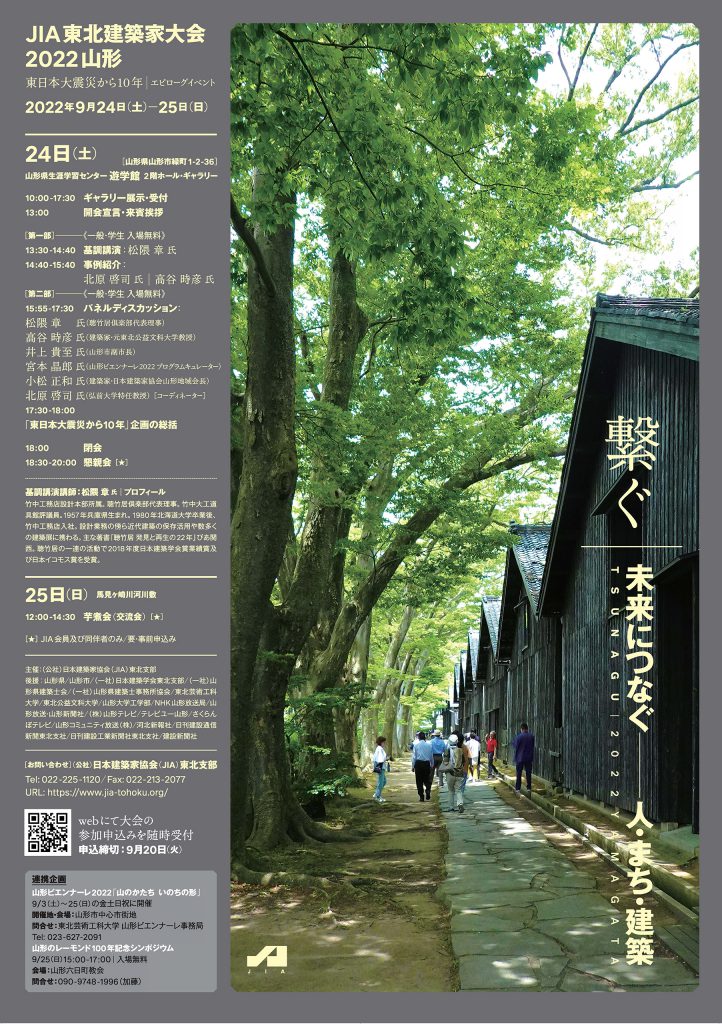
24日は、遊学館(山形県立図書館)の2階ホールで、「未来につなぐ―人・まち・建築」とテーマにした基調講演とパネルディスカッション、その後、「東日本大震災から10年」のエピローグイベントとしての総括が行われました。
On the 24th, a keynote lecture and panel discussion with the theme “Connecting to the Future – People, Towns, and Architecture” took place at the second-floor hall of Yugakukan (Yamagata Prefectural Library). Following this, there was a wrap-up event as an epilogue to mark the 10th anniversary of the East Japan Earthquake.
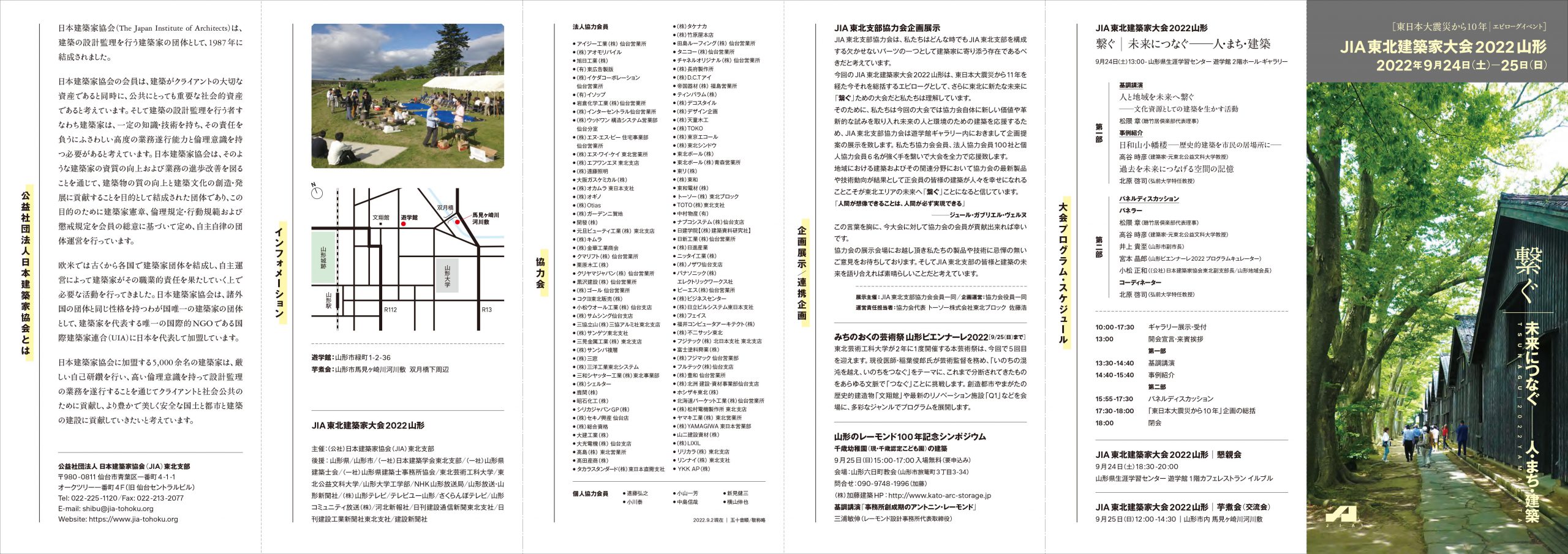
開会宣言に続き、佐藤孝弘山形市長からのご祝辞、佐藤尚巳JIA会長からのご挨拶などを頂戴したあと、シンポジウムへと場面転換しました。
Following the opening declaration, we received congratulatory messages from Mayor Takahiro Sato of Yamagata City and a greeting from JIA Chairman Naomi Sato, after which the event transitioned to the symposium.
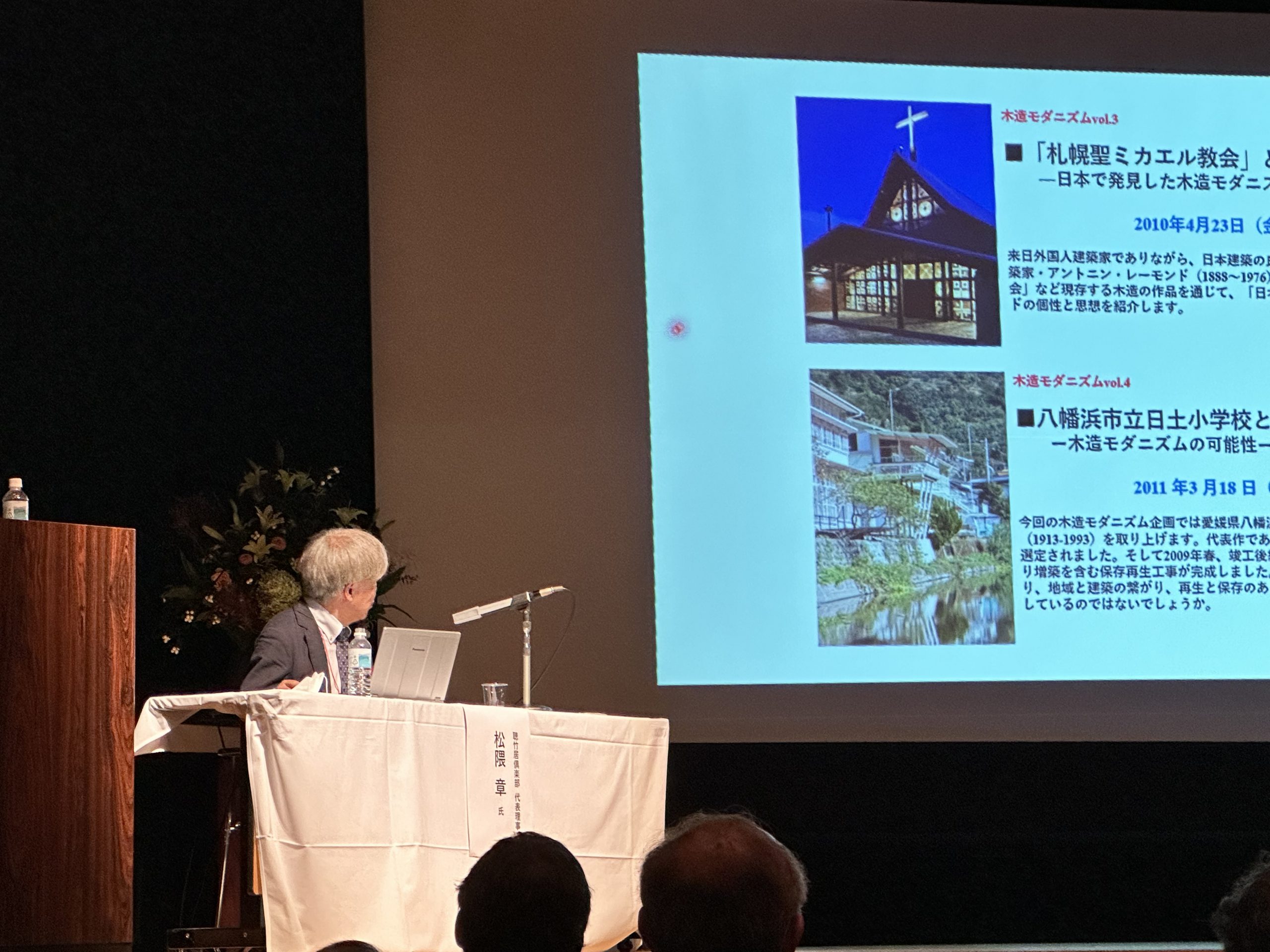
その後、松隈章氏による「人と地域を未来へ繋ぐ―文化資源としての建築を未来へ生かす活動」と題した基調講演が行われました。
聴竹居は京都の大山崎にある、建築家であり最初期の京都大学教授でもあった藤井厚二の代表作であり、2017年には国の重要文化財に指定されました。
松隈さんはその聴竹居がそれほど注目されていなかった頃から20年以上関わってこられ、現在は聴竹居の管理を行う聴竹居倶楽部の代表理事を務めておられます。
松隈さんが聴竹居に関わるようになったきっかけは、意外にも、1995年の阪神・淡路大震災で、神戸三宮の街の風景を形成していた古典主義的な意匠の近代建築(銀行店舗)が倒壊した時に、一部保存や修復などを検討する間もなく、数日で他の瓦礫とともに処分されるのを見て大きなショックを受けられたことだったといいます。それがなかったら、今、聴竹居に関わってはいないだろうと。
大手建設会社にも所属している松隈さんは、ご自宅のある神戸で1995年の阪神・淡路大震災を、2017年の東日本大震災も勤務先である東京で直接体験されました。戦後のもっとも大きな二つの地震の両方を経験された数少ない建築関係者でもあり、その観点から、今回「東日本大震災から10年」三部作のエピローグイベントとして位置づけられていた本大会にふさわしい内容についても触れていただきました。
Following that, a keynote lecture titled “Connecting People and Regions to the Future: Activities to Preserve Architecture as Cultural Heritage” was delivered by Mr. Akira Matsukuma.
Chochiku-kyo is located in Oyamazaki, Kyoto, and is a representative work by architect and one of the early professors of Kyoto University, Koji Fujii. In 2017, it was designated as an Important Cultural Property by the Japanese government.
Mr. Matsukuma has been involved with Chochiku-kyo for over 20 years since the time when it didn’t receive much attention. He currently serves as the Director of the Chochiku-kyo Club, which manages Chochiku-kyo.
Surprisingly, the trigger for Mr. Matsukuma’s involvement with Chochiku-kyo was the 1995 Great Hanshin Earthquake (Kobe Earthquake), when classical-style modern buildings that formed the cityscape of Kobe’s Sannomiya district collapsed and were disposed of in a matter of days without any consideration for preservation or restoration, leading to a profound shock. He mentioned that without this experience, he might not be involved with Chochiku-kyo today.
Mr. Matsukuma, who is also affiliated with a major construction company, experienced the 1995 Great Hanshin Earthquake in Kobe at his residence and the 2011 Great East Japan Earthquake in Tokyo at his workplace. As one of the few in the architectural field to have experienced both of the two largest earthquakes in the post-war period, he offered insights appropriate for this conference, which was positioned as the epilogue event of the “Ten Years Since the Great East Japan Earthquake” three-part series.
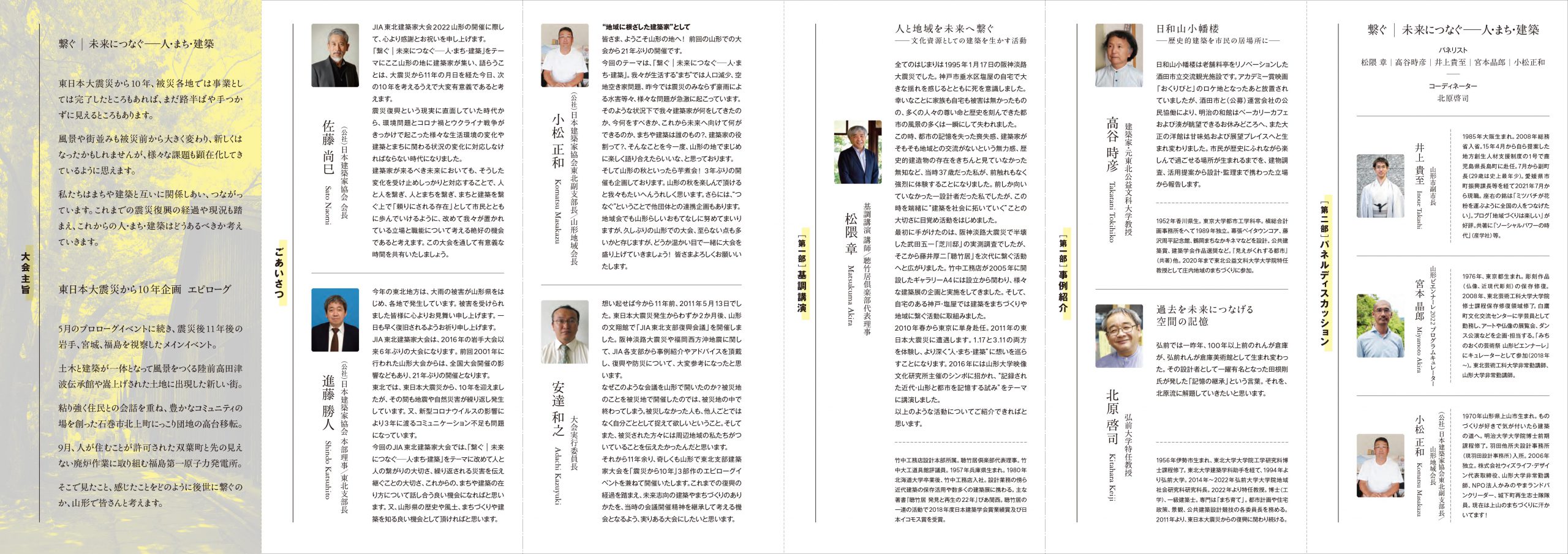
その後、北原啓司氏と高谷時彦氏による事例紹介が行われ、さらに井上貴至氏、宮本晶朗氏、小松正和氏を交えて、6名でのパネルディスカッションが行われました。
Following this, there were case presentations by Mr. Keiji Kitahara and Mr. Tokihiko Takatani. Subsequently, a panel discussion involving six individuals, including Mr. Takashi Inoue, Mr. Akira Miyamoto, and Mr. Masakazu Komatsu, was conducted.
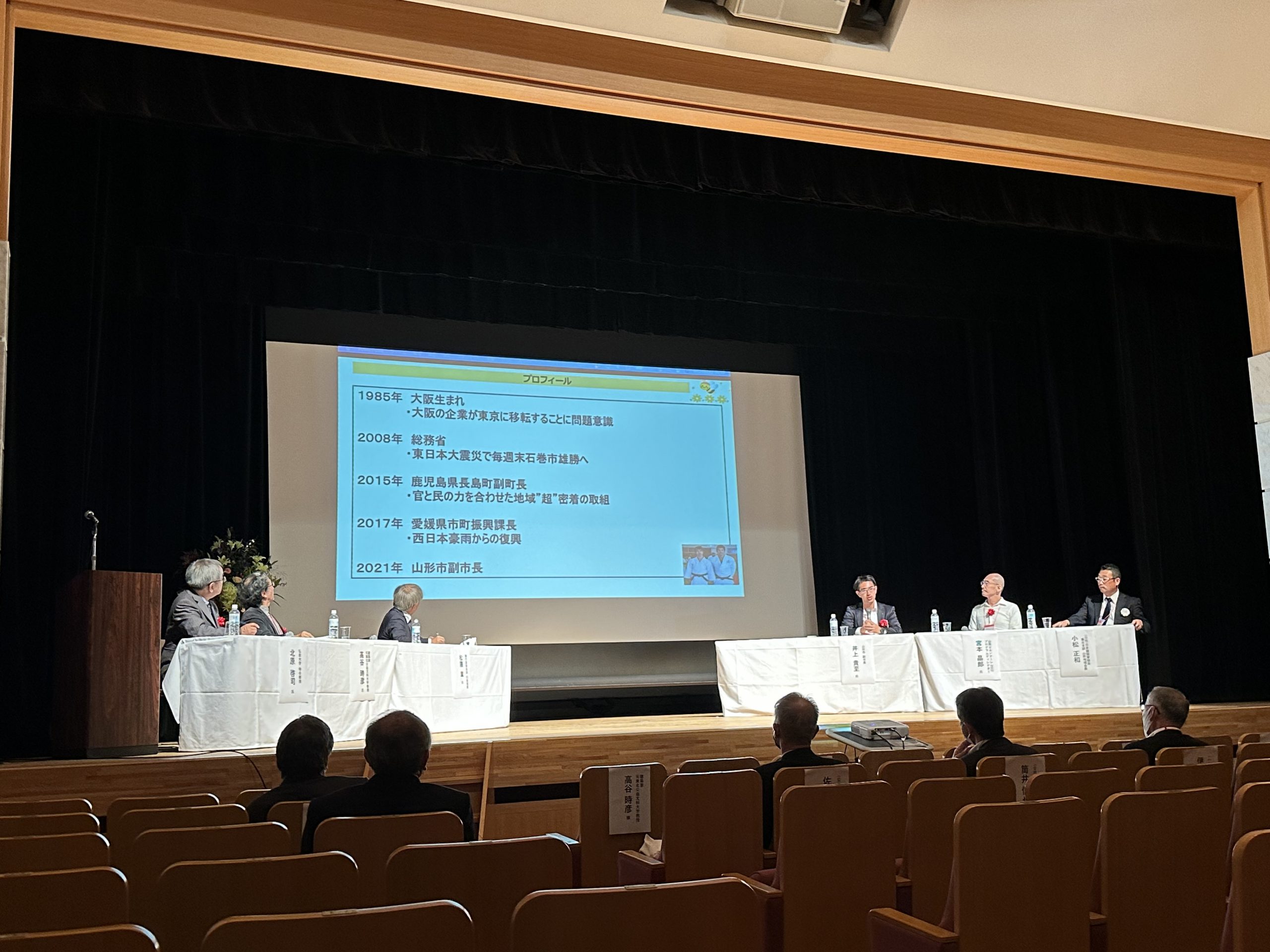
講演会、事例紹介、パネルディスカッションにおけるご登壇者のご発言はそれぞれの専門分野からの具体性のある内容でした。登壇者の多さから、まとまりに欠けるものになりはしないかと少々懸念しておりましたが、各々の個性が粒だち、互いに刺激しあいながらも、全体としては見事に「つながり」、未来に向けて大きな学びのあるシンポジウムとなりました。参加者の皆さまからの評判も上々でした。大きな自然災害や戦災を免れ、江戸、明治、大正、昭和、平成と、その時代ごとの建物が折り重なるようにして都市が形成されている城下町都市山形の可能性を再確認することもできました。
The speakers at the lectures, case presentations, and panel discussions provided insightful and specific content from their respective fields of expertise. Despite concerns about the number of speakers potentially causing a lack of cohesion, each speaker’s individuality added depth, and they stimulated each other. As a whole, the symposium successfully established connections and provided significant learning experiences for the future. Participants also gave positive feedback. This event allowed us to reconfirm the potential of Yamagata, a castle town city where various buildings from different eras overlap, which has been spared from significant natural disasters and wartime destruction.
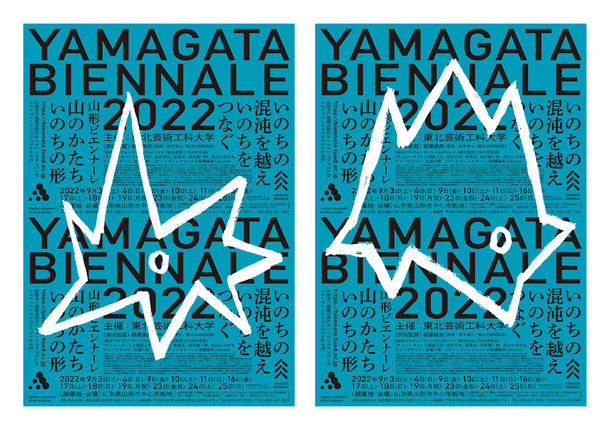
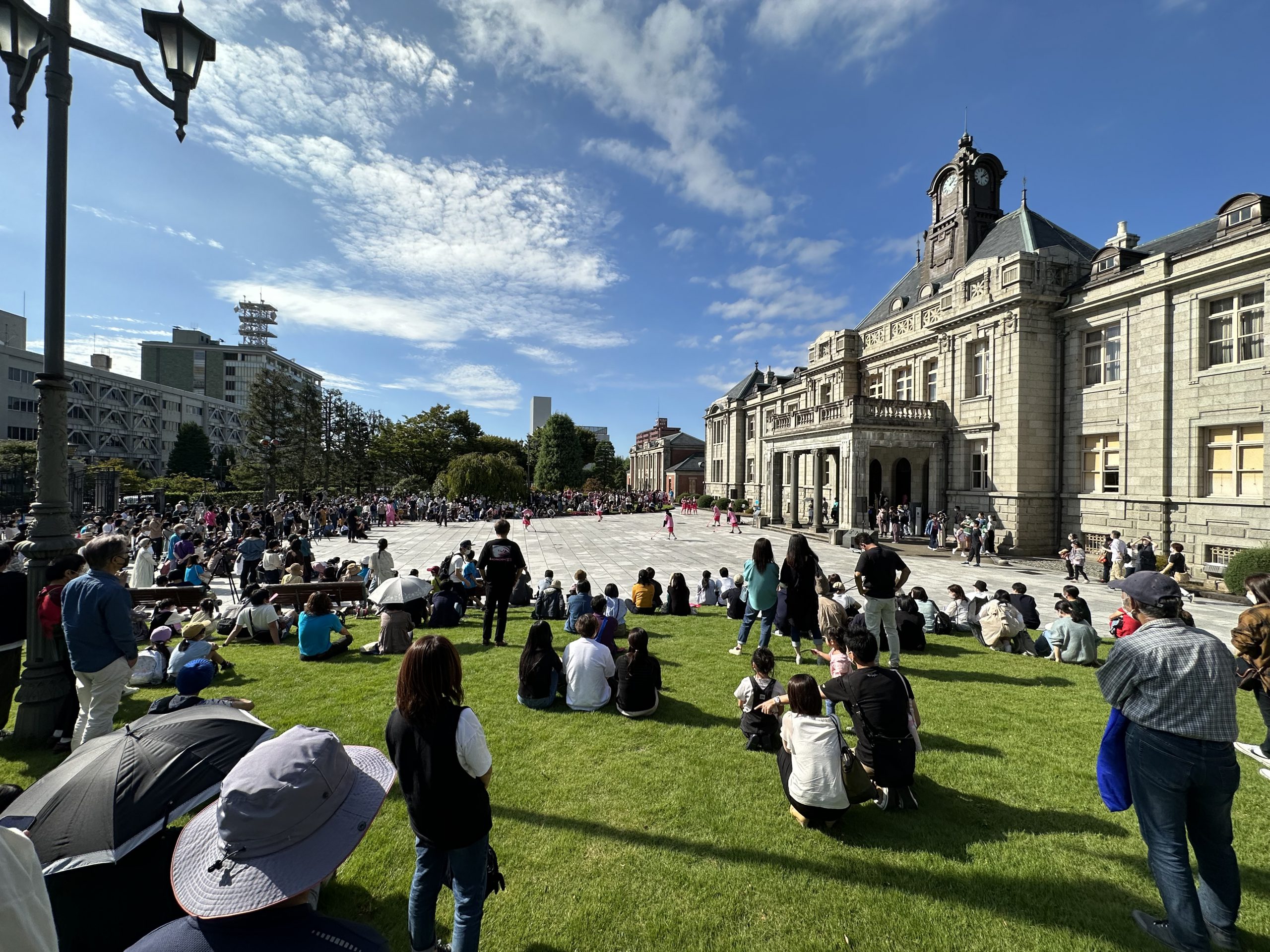
まち歩きのあとは、旧山形師範学校(重文)の前などを通りながら、馬見ヶ崎川へと向かい、
After the town walk, we made our way to the Mamigasaki River, passing by the former Yamagata Normal School (an Important Cultural Property) and other places.
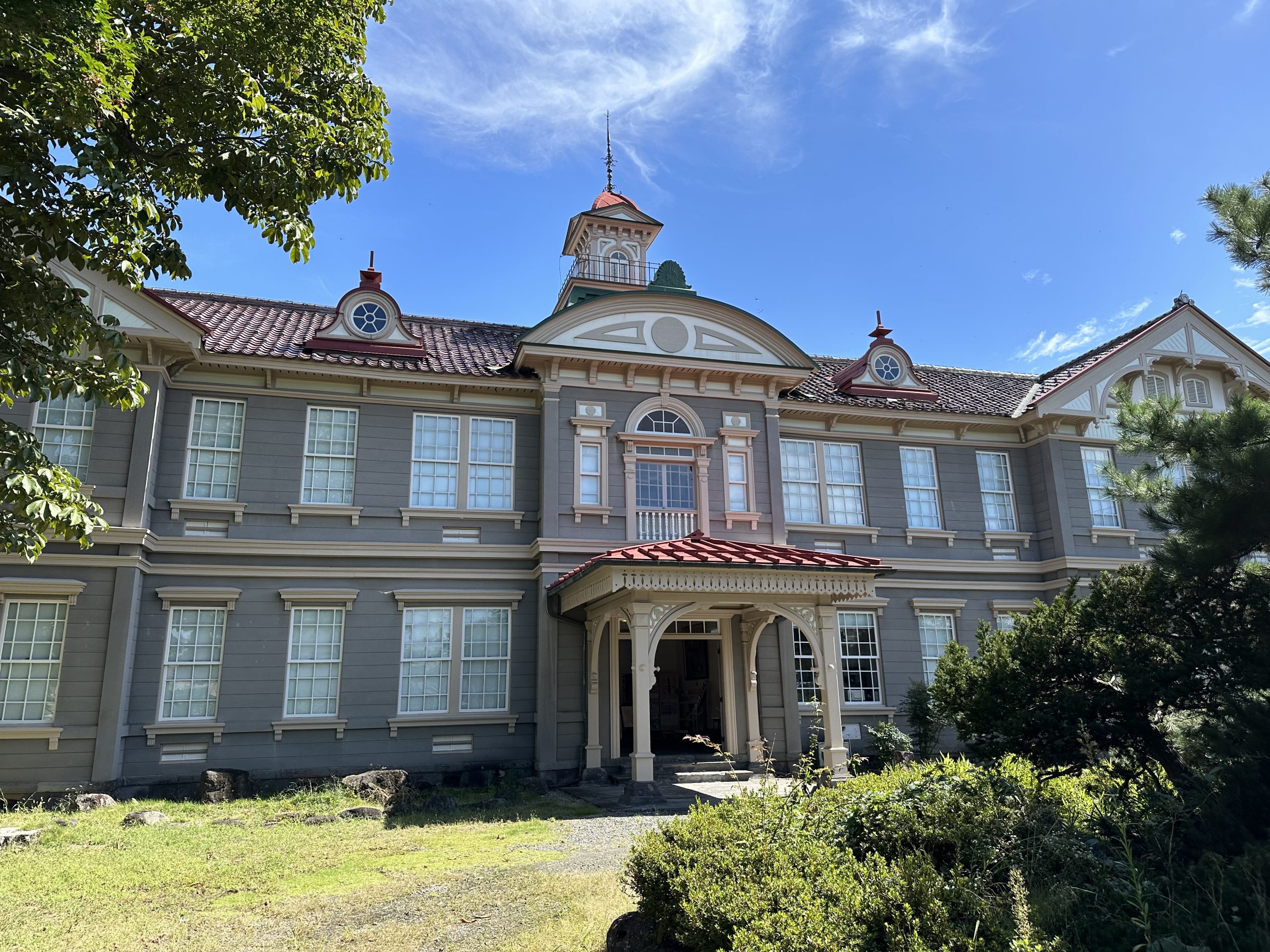
秋日和のなか、コロナ禍で中止となっていた、JIA東北支部大会恒例の芋煮会が3年ぶりに開催され、会員同士で親睦を深めました。
On a pleasant autumn day, the JIA Tohoku Branch held its traditional “Imonikai” (taro stew gathering), which had been canceled for three years due to the COVID-19 pandemic. Members had the opportunity to strengthen their friendships during the event.
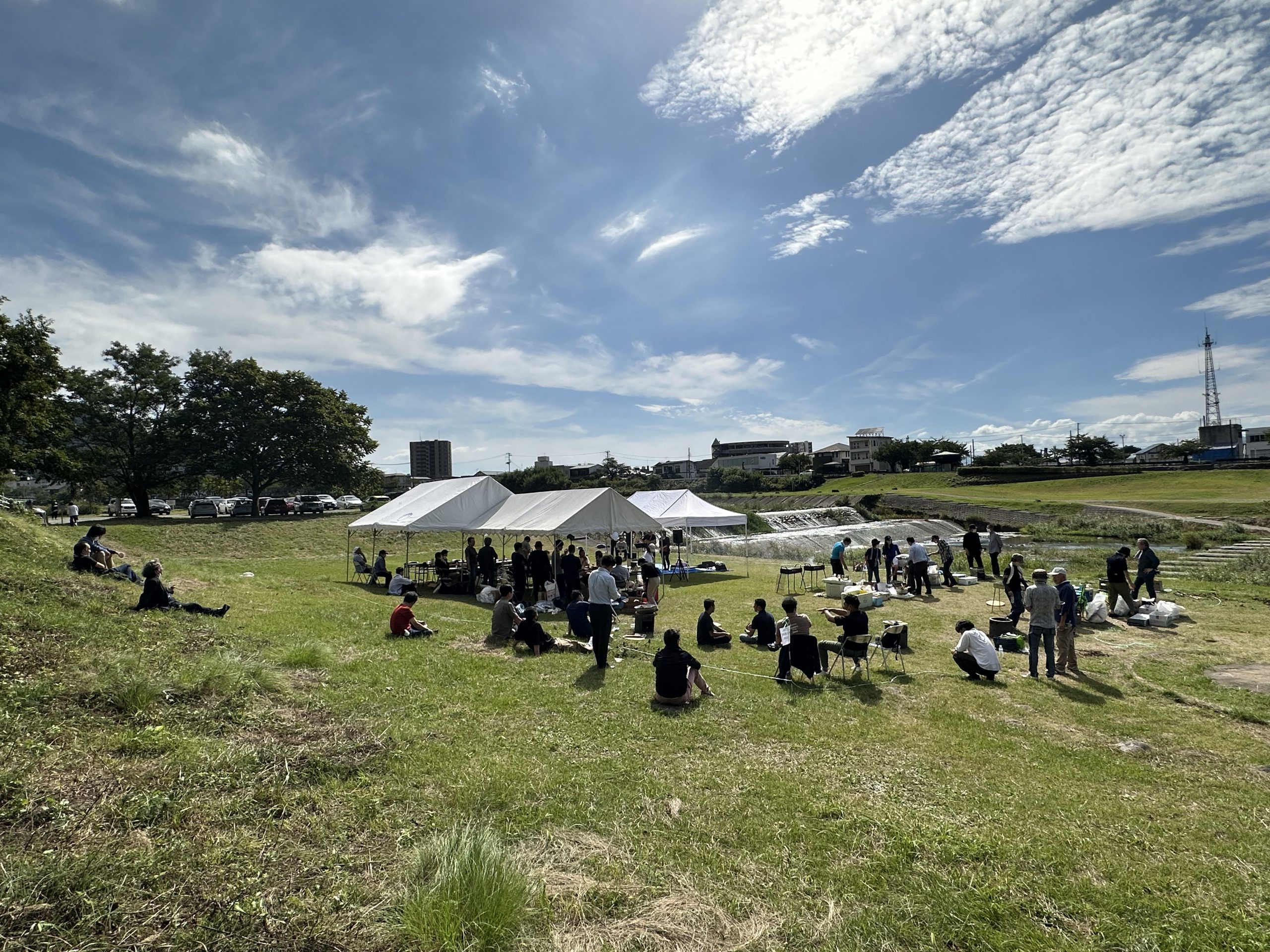
このようにして、「JIA東北建築家大会2022山形」は、おかげさまで、無事、幕を閉じることができました。
この大会のためにはるばる東京からお越しいただいた佐藤尚巳JIA会長、ご支援いただいたJIA東北支部の皆さん、協力会の皆さん、ご後援いただいた各種団体、開催地である山形県、山形市、そして貴重なお話をいただいた講師の先生方、あらためて感謝申し上げます。
最後に、準備に当たったJIA山形地域会の会員の皆さん、お疲れさまでした。
In this way, “JIA Tohoku Architectural Conference 2022 Yamagata” successfully came to an end. I would like to express my gratitude to the following people and organizations who contributed to the event: Sato Naomi, JIA President, who came all the way from Tokyo; everyone from JIA Tohoku Branch; members of the collaborating organizations; various supporting groups; the host city and prefecture, Yamagata; and the esteemed lecturers who shared their valuable insights.
Finally, a big thank you to all the members of JIA Yamagata Regional Group who worked tirelessly on the preparations.
松隈章さんの「山形は周回遅れのトップランナーになれる」という言葉が心に残りました。「開発に乗り遅れて全国でもビリの方だと思っていたら、文化的価値がある建築物や街並みが荒らされずに残り、気づけば先頭を走っていた」という意味合いだと思います。その言葉を励みに、山形のまちづくりにも微力ながら関わっていくことができればと思います。
The words of Mr. Akira Matsukuma, “Yamagata can become a latecomer to the front runner,” have left a lasting impression on me. I interpret this to mean that even if Yamagata may have been considered at the bottom in terms of development, it has preserved valuable architectural assets and cityscapes, and without realizing it, has taken the lead. I hope to be inspired by these words and contribute in my own small way to the urban development of Yamagata.

